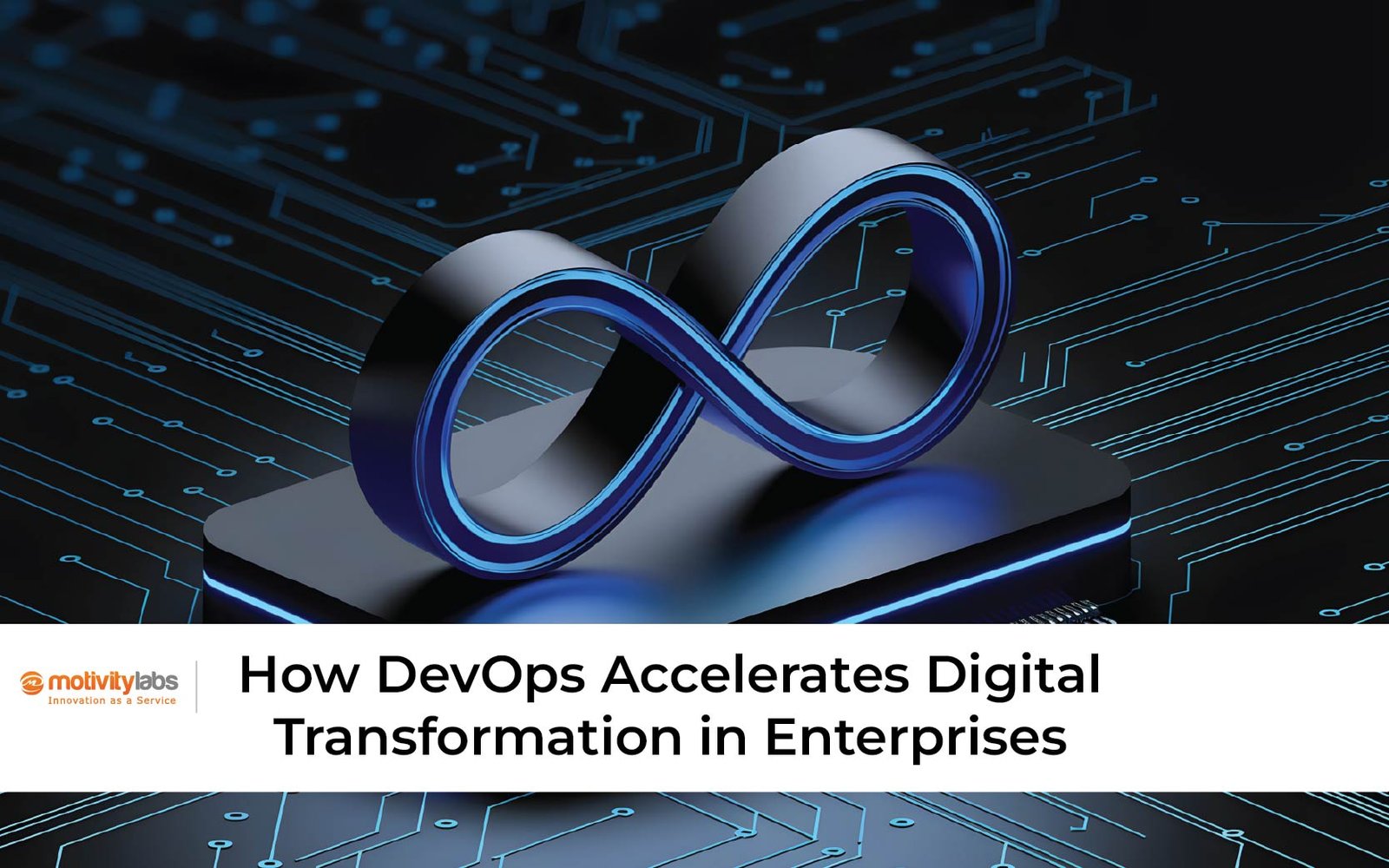There are several DevOps automation tools out there that make the life of DevOps architects and DevOps automation engineers easier. By assisting them in several architectural, infrastructural, and monitoring tasks. Every cloud service provider whether it is AWS, Azure, Google, Alibaba, IBM, or Oracle provides several DevOps tools for Infrastructure Automation. For their clients like cloud infrastructure automation tools, monitoring tools in DevOps, and the like. Since continuous integration, CI, and continuous deployment, the CD is the need of the hour for most businesses nowadays. The concept of Infrastructure as a code, IaaC plays a crucial role in achieving this CI and CD seamlessly.
IaaC eliminates most of the manual work associated with designing a system. It is saving a lot of time and can also eliminate most of the errors. This error has arise when the configuration, orchestration, networking, and other elements of infrastructure automation are done manually. Also, the same environment can be replicated effortlessly without going through any manual hardships. Apart from the cloud-specific infrastructure automation tools like AWS cloud formation, and Azure Resource Management ARM Templates, there are several cloud-independent infrastructure automation tools. These are available in the market and depending on various factors like the size of the project, budget, and specific requirements, you can choose the one that fits your need best. Let’s explore some of the best infrastructure automation and configuration tools.
1. Terraform

Terraform is the most popular open-source infrastructure automation tool and is considered one of the best DevOps automation tools at present. Terraform enables you to build, modify and improve your infrastructure requirements such as configuring, provisioning, and managing the infrastructure as a code.
Terraform uses the declarative approach to define the required infrastructure as a code. A declarative approach is one in which the desired state of the target infrastructure is defined rather than the actual configuration of the target.
The best feature of the Terraform is it allows users to validate the changes that are going to be affected. And lets you determine whether the configuration meets the expected results even before updating or provisioning the infrastructure.
As it is a cloud-agnostic platform, it allows having the desired infrastructure across multiple cloud providers using a single command-line interface workflow.
Unlike many other tools where it is difficult to write an API designed for configuring management to control its infrastructure. Using Terraform makes it easy to align the API exactly with the infrastructure.
Since it is an open-source tool, there is a massive community for this tool. And as many people are already using it, it is easy to find more people who know how to use the tool.
2. Pulumi
Pulumi is an open-source infrastructure tool that uses the most popular programming languages to simplify, manage and deploy all the cloud-based infrastructure needs. Instead of relying on domain-specific languages, one can use any popular programming language when dealing with Pulumi to manipulate cloud-native infrastructure.

Pulumi doesn’t have a proprietary language unlike Terraform, which you need to learn for defining infrastructure as a code. You can use any programming language like Python, JavaScript to write configuration files in Pulumi.
Pulumi is a cloud-native platform. And as such, it allows you to deploy any type of cloud infrastructure by its virtual servers, containers, applications, etc.
Using Pulumi you can deploy and manage infrastructure across multiple cloud providers such as AWS Azure, etc.
Pulumi lets you choose between a web app or a command-line interface CLI to manage your infrastructure.
Because of its multi-language and multi-cloud nature, Pulumi is the favorite IaaC tool for DevOps environments. It provides familiar methods of managing infrastructure.
3. Ansible

Ansible is a DevOps automation tool that is basically used for configuration management and orchestration. Using Ansible, which was developed by RedHat, you can automate all provisioning processes and can able to orchestrate, configure, and deploy apps, continuous delivery, continuous testing, provision, and security on all cloud products like load balancers, firewalls, containers, etc.
The configuration modules in Ansible are written in Yet Another Markup Language, YAML. These are called Playbooks which are very easy to write when compared to other configuration management tools. Using Ansible, you can write your own Ansible module and Ansible plug-ins and extend its features.
Ansible supports multi-tier deployments and since YAML is very easy to learn and no prior coding knowledge is necessary. Ansible provides the easiest and simple way to automate the provision, configuration, and management of applications and infrastructure.
Ansible doesn’t use agents and can connect to servers. It runs commands over a secure shell which makes it more secure.
4. Chef
The most notable among the cloud infrastructure automation tools is Chef. This is an agent-based infrastructure automation tool which means a Chef agent will be running on all the servers that need to be configured. The required infrastructure configuration is coded in a Ruby-based domain-specific language, DSL, and is called a cookbook. These cookbooks are pulled by the Chef agents from the Chef master server onto the servers that are required to be configured and are run till the required state is achieved.

Chef uses procedural style language wherein the user has to specify a step-by-step procedure to achieve the desired state. And hence it depends largely on the user to determine the optimal deployment process.
Using Chef, DevOps teams can deploy and provision on-demand infrastructure very easily. And this helps in maintaining consistent configuration which in turn reduces the cost of operations by effectively managing data centers.
5. Puppet

Puppet is an open-source configuration management tool that uses a declarative approach where the target configuration is declared and Puppet finds a way to achieve the desired state. Puppet also uses a Ruby-based DSL where you can specify the desired end state of the infrastructure.
Specifically developed for System Administrators, it installs an agent on each of the servers to be configured. And it pulls a compiled module from the Puppet server and as per the module information, the servers are installed with specific software packages that achieve the required target configuration.
With a task-based approach, it efficiently manages the IaaC which improves the quality of the software. And facilitates fast deployment with zero downtime. It enables multiple cloud automation as it integrates with almost all cloud platform providers such as AWS, Azure, Google, & VMWare.
6. Saltstack
Saltstack is yet another open-source cloud infrastructure automation tool based on Python that offers a cost-effective and easy solution for configuring, deploying, and provisioning infrastructure on any platform. Saltstack has secure shell support and can run in agentless mode and supports remote execution of commands.
This feature helps in pushing the code to many nodes simultaneously unlike in Chef and Puppet. Here the code has to be pulled from the respective servers. The compilation of code and configuration is very fast in Saltstack when compared to Puppet and Chef.

It comes with a scheduler where you can mention how often & for how much time the servers should run a code. With the help of event triggers, Saltstack can detect problems and can return to a secured desired state automatically.
Apart from the tools mentioned above, there are many DevOps automation tools. These assist in making DevOps more agile, more efficient, more secure, and more successful. The DevOps tools illustrated here are infrastructure automation tools. This helps DevOps professionals in building a strong infrastructure and configuration, based on their requirements.



